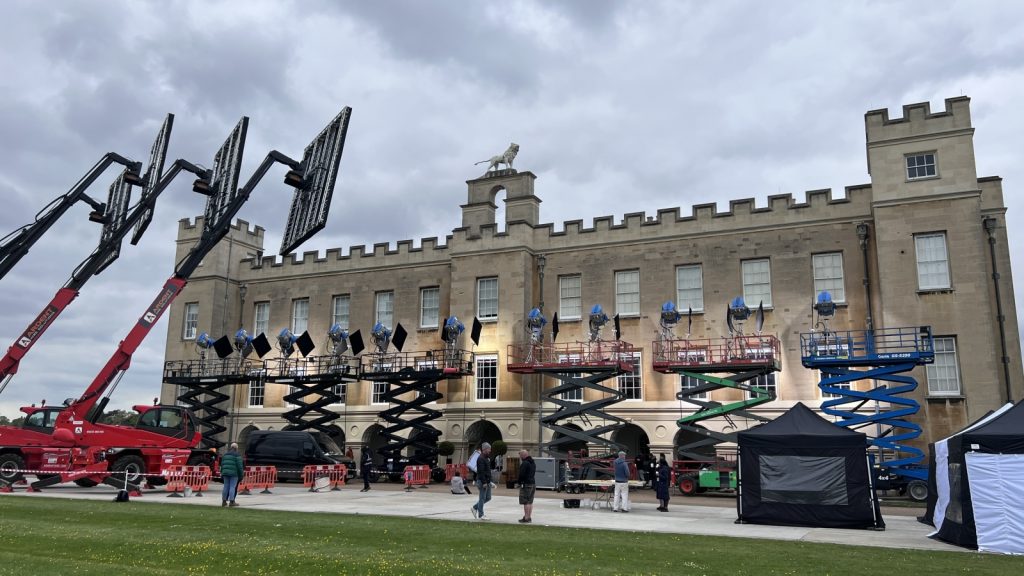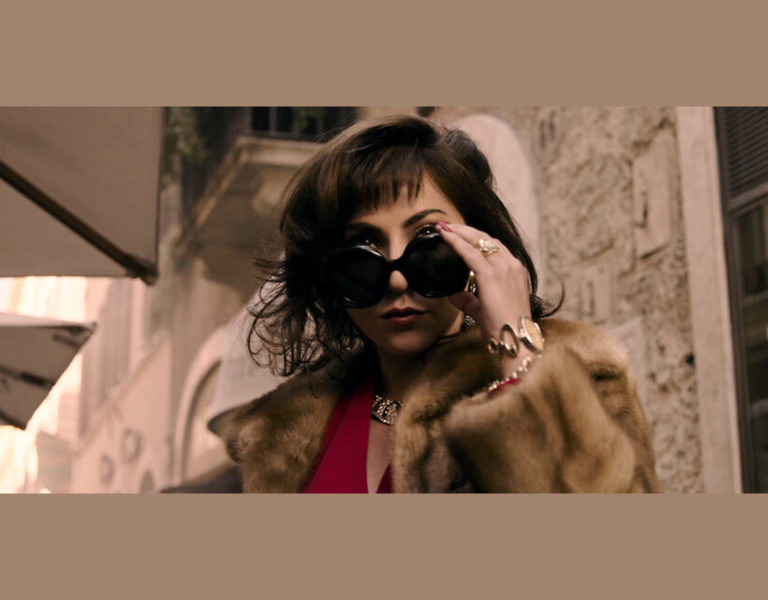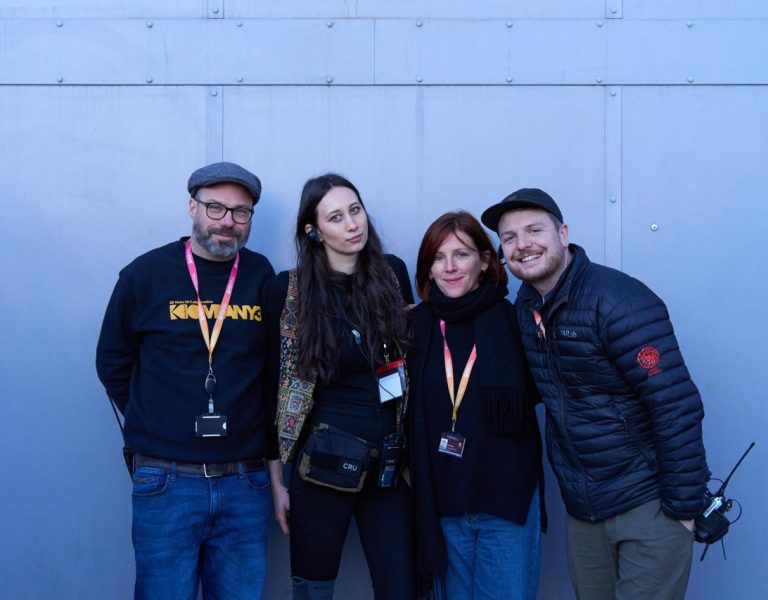FIT FOR A QUEEN
Cinematographers Jeffrey Jur ASC, Alicia Robbins, and Diana Olifirova tackled the challenge of evolving the stunning visuals from the first two series of Bridgerton in series three. Here’s how it was achieved.
To offer a glimpse of what lies ahead, in an official synopsis for season three of Bridgerton unveiled by Netflix, the streaming platform corroborated viewers’ anticipations:” “Penelope Featherington has finally given up on her long-held crush on Colin Bridgerton after hearing his disparaging words about her… She has, however, decided it’s time to take a husband.”
In contrast to the first two seasons, which adhered to the book series’ order, Bridgerton‘s third season focuses on Colin, adapting Julia Quinn’s fourth novel, Romancing Mister Bridgerton. Jess Brownell now serves as writer and showrunner for season three, succeeding Chris Van Dusen.
Another new addition to this acclaimed series is Alicia Robbins, a cinematographer who has worked with Shondaland since first collaborating with the production company in 2018 on the ABC legal drama For the People. “I ended up being a camera operator on that, and then I would get bumped up to do cinematography work whenever the DP wasn’t available,” she explains. “So, I ended up shooting quite a few days on that show. From there, it was actually Grey’s Anatomy that interviewed me to come over and do two seasons.”
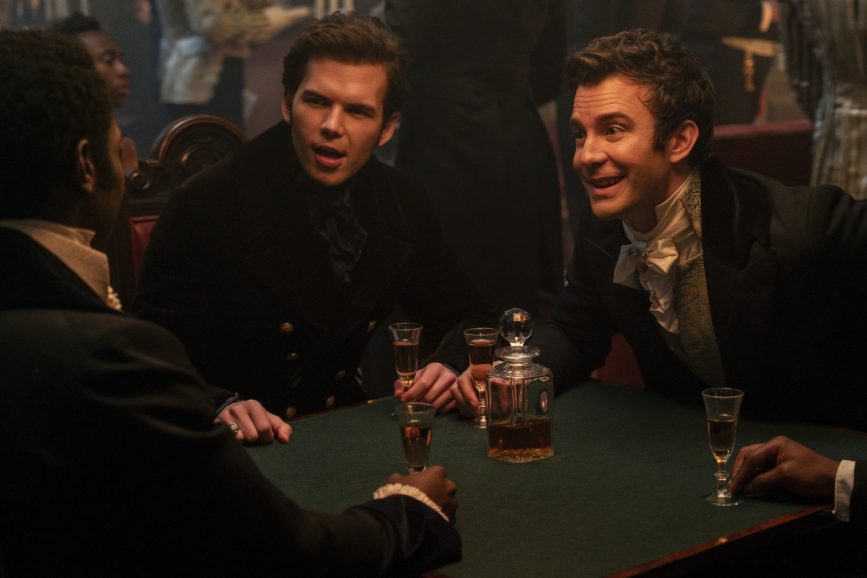
That’s an understatement. Robbins made history as the first female cinematographer to serve as the full-time DP for Grey’s Anatomy seasons 16 and 17. So, when Jeffrey Jur ASC was occupied with lensing Queen Charlotte: A Bridgerton Story, Robbins was the natural choice to start filming the third season of Bridgerton.
She used the Sony Venice and ARRI Signature Primes, which was predicated on the first two seasons. “When I found out that Bridgerton was being shot on the Venice, I was very happy about that because I’m used to the camera and I like the look of it,” Robbins says. “I hadn’t used Signature Primes before and I didn’t get to really do tests with them beforehand, but I’d seen the show, I saw what they looked like. They’re gorgeous lenses, so it’s kind of like if it ain’t broke, don’t fix it.”
The series was shot in 6K, although Netflix only requires it to be shot in 4K. Jur (Carnivàle, Dirty Dancing, Westworld) says it was a departure for him when he joined the production in 2020.
“I was an Arriflex guy, but I love the Alexa as it’s the digital camera I had been shooting with,” he explains. “However, when we started, no 4K cameras were available, and friends of mine had worked with the Venice and told me I’d be happy with it. Sure enough, I was—it’s beautiful. The colour rendition, dynamic range, and lack of noise, even when shooting at faster speeds like 2500, were amazing. We pushed the sensor to its limits, using as many pixels as possible to capture the detail in the fabric and all the rich that’s part of the show.”
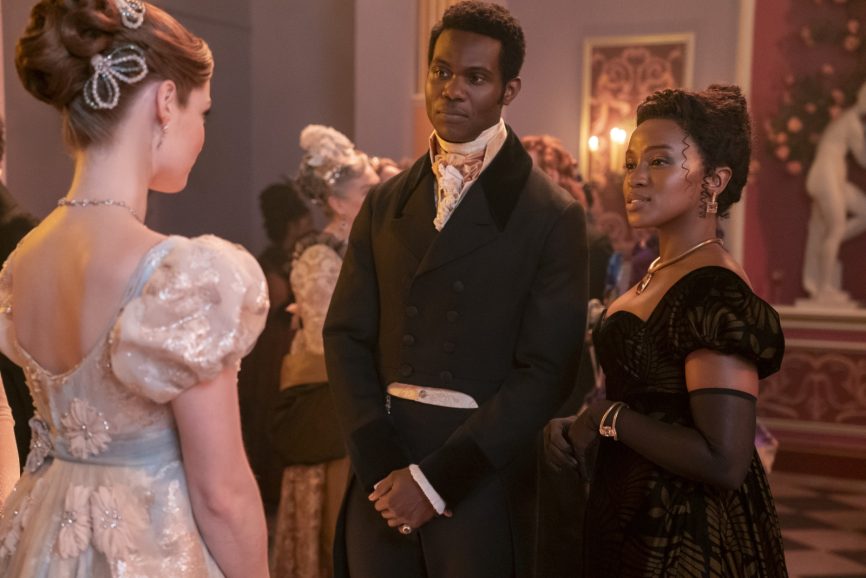
Contrasting styles
Although the DPs on the show used the same kit that made the first two seasons of Bridgerton so aesthetically pleasing, they did push the boundaries when they could. Jur says he’s “always thought it was OK and actually a good idea” to have a series evolve, changing from season to season. “It has to be within the parameter, of course, but my feeling was whatever was the best thing you did in the first season, you could refine that in subsequent seasons,” he continues. “We’ve moved the camera a bit more, added some contrast, and played with a bit of darkness. At the start, it seemed like such a light, uplifting show – basically, a fairytale. I saw it as an antidote to all the dark shows out there, but in 2020, we decided to go against that and have something colourful and gorgeous. Now, we can maintain that idea while focusing the light on what we want to emphasise in the room and whom we want to see, creating contrast.”
Jur often employs colour contrasts, such as using a warm background with a cool foreground or vice versa. “I don’t want it all to be one colour,” he adds. “At the beginning of Bridgerton, as we shot a lot with candlelight, showrunner Chris Van Dusen said, ‘I’m not seeing the colour of the fabric, the walls, and all these things.’ It was all somewhat monochromatic. So, we toned down some of the candlelight scenes, which worked great. You can still have warm light on edges and backgrounds, but it’s crucial to see the full range.”
Taking pride
Robbins says the scene she’s most proud of is in episode one where there’s the first ball of the season.
“That cable cam shot that gets us into the scene is one of my favourite shots I’ve ever done because there’s a lot that goes into how we’re able to achieve it,” she explains. “We had to build a ground-up truss system over that ballroom to have overhead lighting. Without it, we wouldn’t have been able to get this cable cam shot either. So, it goes back to the beginning of prep, asking for this overhead rig and then the cable cam being able to fly through the chandeliers. Not that we want to force the hand of an editor, but it was such a good shot. We thought, that’s it, that’s the coverage for this scene. It provides such a good opening into the space from a different vantage point that you’ve never seen before on Bridgerton.”
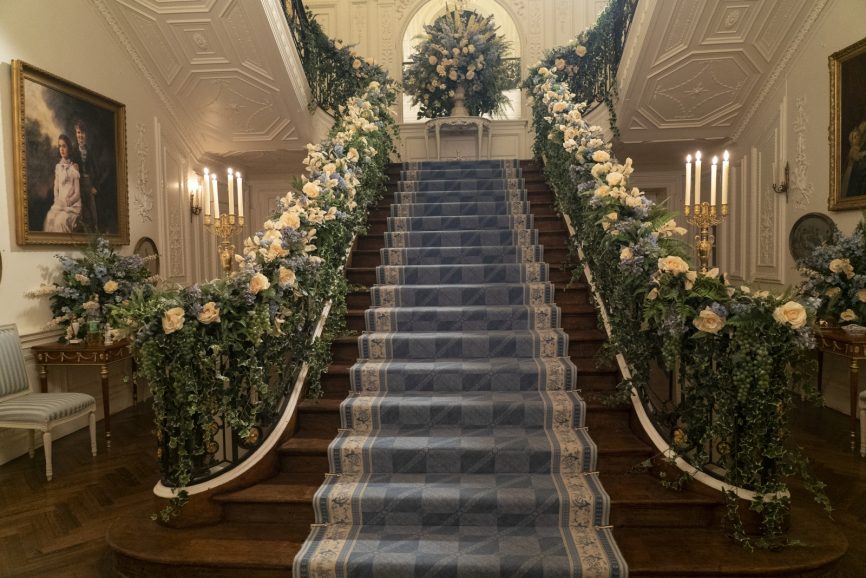
Let’s talk about sex
The fifth episode features a sex scene involving Colin and Penelope, which Bridgerton fans will tell you has been on the cards. Robbins says that the sequence of events was “very special” to her because of the way that the team made it happen.
“It was a day interior scene, but because I was using the Sony Venice, I ended up shooting at 2,500 ISO, which meant I could keep the light levels really low in the room, so it was very dark,” she says. “It looks really beautiful on the monitor but to the actors, it was really dark for them. So, I think that maybe subconsciously was probably helpful for them to just feel a little more comfortable in the environment.”
Robbins says she also knew that she “didn’t want to have to be in the room” and used the monitor to watch remotely. “I always have operators anyway, and we arranged for our A camera operator, Lionel Garrote, to be almost the only one in the room. He did handheld shots by the mirror and some Steadicam work,” she continues. “He was on a slider most of the time, so no grips were present. Even the microphones were planted, and my focus puller was in another room. I have shot sex scenes before and have a lot of hot stuff on my reel, but this is by far the hottest scene I’ve ever done.”
Diverse challenges
Bridgerton has been lauded for its diverse and inclusive cast, but filming it wasn’t straightforward. Robbins says that balancing the shooting of a range of skin tones with lighting and making every person look as good as possible on camera is challenging.
“There were a few little tricks that I would use,” she explains. “I would start with a broad key for a group of people and, depending on who might need a little boost, I had snooted lights I could use as a follow spot. It was like a soft directional source to just highlight a face so that I knew in post-colour I could balance it. It’s not new because I worked on Grey’s Anatomy, which also has a diverse cast, so I’m familiar with that way of shooting. But it’s always a challenge because you can’t just say, ‘here’s the key for everybody,’ as someone will get overexposed and someone will get underexposed. So, you want to try to balance it as best you can in-camera. That way, you have more range in post to push down or bring up to get that balance.”
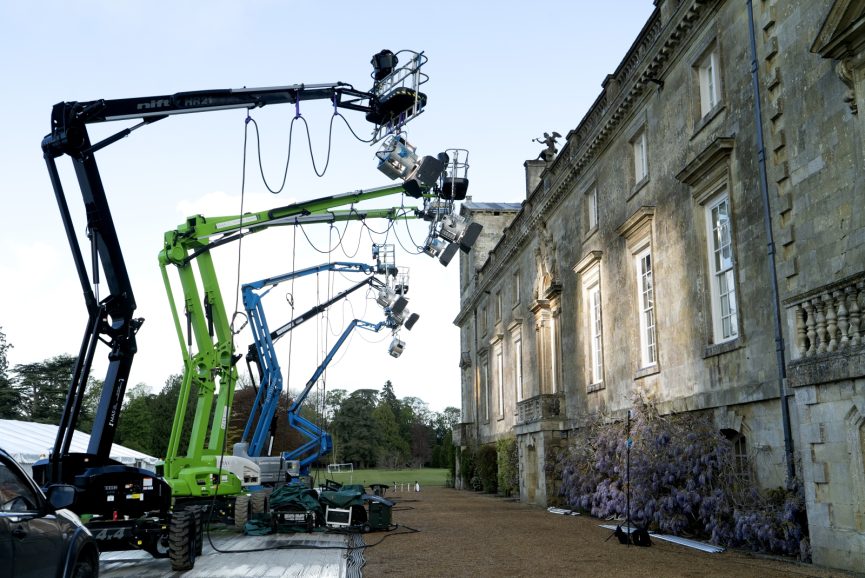
Lighting obstacles
The film was shot across England, such as the city of Bath, Osterley House and Wilton House. As beautiful as these locations are, the buildings weren’t built with camera crews in mind and so proved tricky at times. However, Jur says the most challenging buildings for him and his crew were the churches and cathedrals.
“They were the biggest places we filmed in and working with lamps outside of these places was amazing. The team figured out a way to put all the machines alongside off a narrow cobblestone street and raise the lights mostly using ARRI 18K HMI lights so they could punch through the leaded glass.
“We were pretty much LED throughout. The speed and control are incredible. Seeing these guys plug in lights and immediately control them to create firelight or moonlight effects was amazing. I come from film days where we changed gels and used clothes pins, so I don’t miss those days.”
However, the production did use tungsten on stage sets for bright daylight through windows. “I don’t feel that LED has reached a point where it mimics sunlight,” Jur adds. “There’s a quality to tungsten light we’re using in Maxi Brutes with nine lights outside each window on set, giving a colour and quality that you can’t get any other way. In some of our larger rooms where there was space to accommodate we used ARRI S360-C SkyPanels. What’s great is you can push them away into the corner, add diffusion and not invade the room too much and it’ll carry across an entire room. I also used many Space Force lamps – a good cheap solution to lighting up all our backings and all of our soft daylight that was coming in through the windows on set and we had hundreds of those all over the stage.”
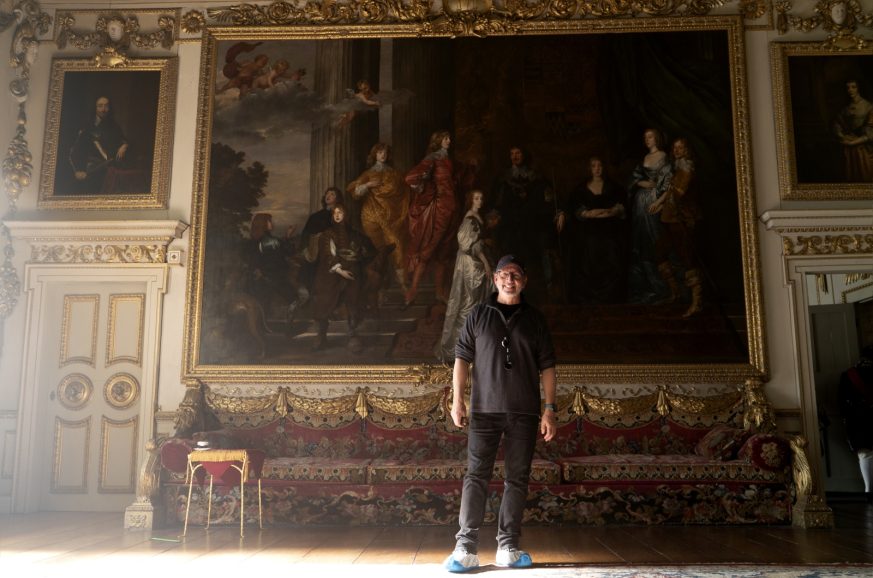
Faking it
Grosvenor Square, in front of the Bridgerton house, doesn’t exist. So, when it came to the scene where Colin is meeting his family after coming back from his travels, there were big question marks over how it would work.
“I had a very heavy hand in helping to design the shots to make everything work,” Robbins explains. “I took a picture of Ranger’s House (in Greenwich), where Grosvenor Square was supposed to be, and I storyboarded how all the different potential angles could play together by building a garden in front of Ranger’s House. We took landscaping elements and built that in front of Ranger’s House like a wedge, and then put a blue screen behind Penelope so you can see Featherington House behind her. Luckily, I have enough VFX understanding that I was able to help guide how this could all be achieved and put together.”
Jur also reserves praise for DP Diana Olifirova, who he says “turned the show on its head a little bit” by “loosening the look” of the show.
“She added more contrast to what we previously did, but I like what she achieved and how she made it her own,” he says. “She would shoot simply and find a single shot that would tell the story, which I thought was very bold. Older films I admire, such as The Godfather, have very little coverage, so it was fun to see her pull that off.”
